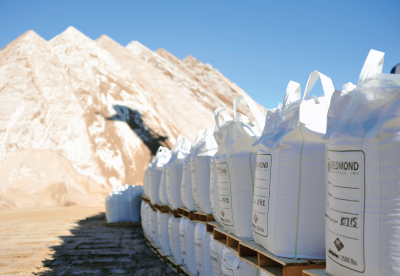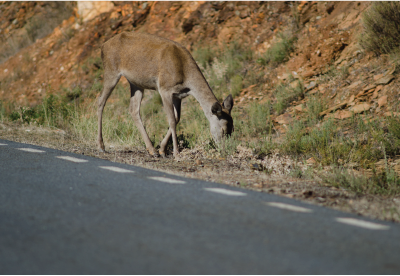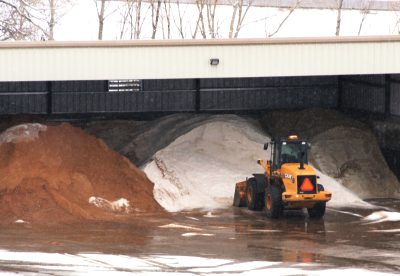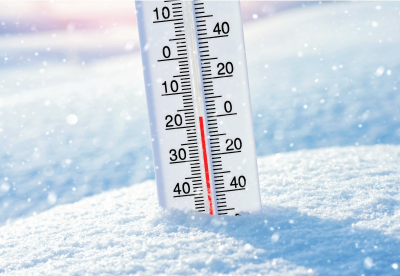Date February 11, 2022 | Brooke Loeffler
What is a Polar Vortex?
What is a Polar Vortex?
Polar vortexes don’t just come and go, they exist at the poles year round. Their strength weakens during the summer, and builds during the winter. They are called “vortexes” due to their counter-clockwise wind flow. Sometimes during the winter, changes in air pressure allow this swirling arctic air to expand and break through into the jet stream blowing from west to east across North America. Polar vortexes can also occur across Europe and Asia. These polar outbreaks can result in significantly colder than average temperatures.
- Did you know?: The January 2019 polar vortex shattered cold records across the US, with some upper Midwest regions enduring wind chills as low as -60° F!
How Should I Prepare for a Polar Vortex?
Polar vortexes are no reason to panic, but do require some extra preparation.
Sign up for weather alerts
Step 1 is make sure you are receiving accurate and reliable weather information.
- Consult more than 1 weather source for more reliability.
- Use a combination of national and local weather forecasts to help you account for microclimates (national forecasts won’t point out local cold pockets based on wind shadows, elevation, or proximity to water).
- If using an app, sign up for alerts that can help you get to shelter if adverse weather is imminent.
Dress appropriately
The Scandinavians have a saying that “there is no such thing as bad weather, only bad clothing.” Whether or not you agree with that statement, proper clothing can mean the difference between comfort or misery.
- This will look different depending upon where you live. Polar vortexes can cause sub-freezing temperatures even in places that have typically mild winters.
- Become familiar with the signs and treatments for hypothermia and frostbite.
- Reschedule or relocate outdoor activities if needed.
Prep Home
- Restock your winter home emergency kit and prepare for possible power outages.
- Make a note of drafty or potentially drafty areas in your home; even temporary fixes can help immensely during a polar vortex.
- Cover, mulch, or move temperature sensitive plants inside.
- If you live in a typically mild area, consider temporarily shutting off your water and emptying pipes before a freeze (some homes in warm areas don’t have insulated plumbing…remember what happened in Texas February, 2021?).
- Stock up on ice melt that works in a wider range of temperatures. Remember, if you live in a milder area, you can’t always rely on your local stores to carry ice melt. Order Nature’s Blend ahead of time…it doesn’t expire, it is safe for pets and animals, is less corrosive on concrete, and works well in a vast range of temperature ranges!

Prep Car
- Plan for longer drive times. Even if you live in a place that frequently experiences ice and snow, assume that your commutes will take longer during a polar vortex.
- Check the temperature rating of your washer fluid…will it freeze solid in the upcoming predicted temperatures? If you need to drive during a polar vortex, make sure you have the appropriately rated fluid.
- Remember that tire pressure levels drop along with the temperature. Store a pressure gauge in your car so you can check levels no matter where you are.
- Create or restock your winter car emergency kit, even if you only plan on making short drives. Just a few minutes on the side of a snowy road during a polar vortex can be dangerous.
- Keep a bag of ice melt in your car to help restore traction in icy parking lots.
© 2024 Redmond Minerals Inc.






